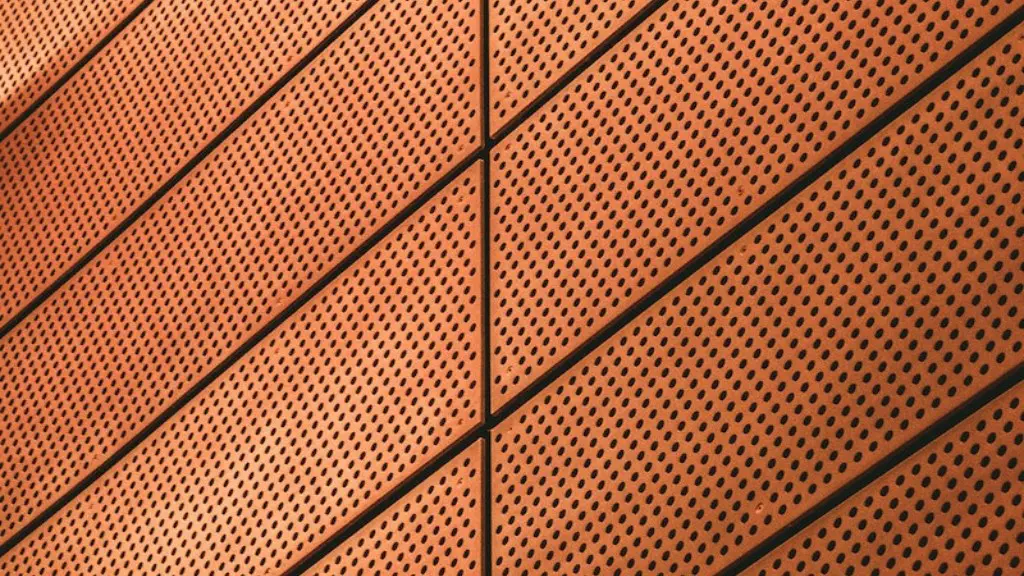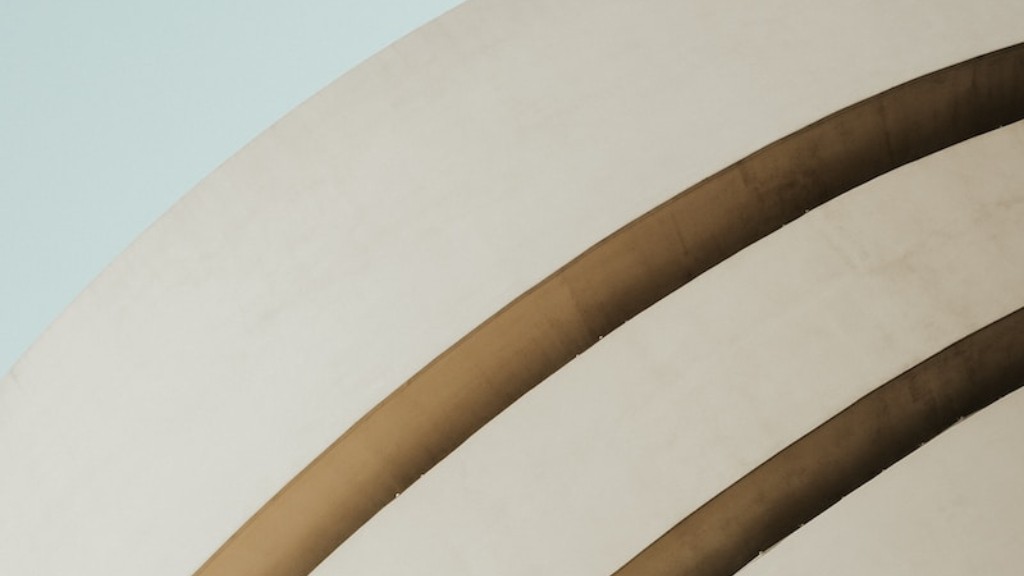Introduction
Domes are a type of architectural structure that has been used since antiquity. They are often recognized by their iconic shape, with a hemispherical roof or curved top and usually taper at the walls. Domes have been used in many historical architectures from the Pantheon to the Taj Mahal. But why are these unique shapes used? This article will explain the history and importance of dome architecture.
History of Domes
The first recorded use of dome architecture dates back to the first century BC in Syria, where small stone domes were used as small tombs. This style of architecture was popularized in the Byzantine Empire, where domes were used for large monuments such as the Hagia Sophia and other churches. Domes have since been used as grand structures, such as the Duomo in Florence or the Taj Mahal in India. They are also a popular architectural choice for modern buildings, such as stadiums and concert halls.
Form and Function
Domes are not just aesthetically beautiful; they offer several advantages in terms of structural integrity. The curved shape of the dome distributes the weight of the structure more evenly than a flat roof, making it more resistant to earthquakes and strong winds. The interior of a dome is also more spacious than other types of buildings, and its curved shape also directs light inwards and reduces the need for artificial lighting.
Symbolism and Significance
In addition to its practical advantages, domes have held symbolic significance in many cultures. They represent both the power and the stability of a structure, and the dome’s shape is often seen as a way to connect the earth with the heavens. They can also be seen as a symbolic representation of the sun or the universe, or a way to bring our own experience of reality into one structure.
Modern Applications
Modern architects and engineers are now utilizing the benefits of dome architecture for a variety of structures. Domes are often used for spaces such as exhibition centers, stadiums, and even supermarkets to benefit from the light, spaciousness, and durable structure that domes can provide. In more recent years, modern materials, such as cement, polycarbonates, and plastics, have further improved the structural integrity of domes and made them even more popular.
Advantages and Disadvantages
Overall, the advantages of dome architecture have made them a popular choice for builders and architects. In addition to their aesthetic beauty and stability, domes are an economical option for large buildings; they require comparatively little material to construct and are less labor intensive. However, domes may not be suitable for locations that are subject to extreme weather conditions; they can be more susceptible to snow load and wind compared to other structures.
Conclusion
In conclusion, it is clear that domes are a popular type of architecture that offer structural advantages in addition to their aesthetic beauty. They are a durable, stable, and relatively inexpensive choice for builders, while also being a symbolically significant form of construction. Modern dome architecture is also utilizing more advanced materials than ever before, making them an even more popular choice for builders and architects alike.
Materials Used
Domes have been constructed from a variety of materials throughout history, including brick, stone, concrete, and steel. Large, monumental domes have sometimes been constructed from cast iron or reinforced concrete, while modern domes often utilize more advanced materials such as polycarbonate and plastic. These materials offer increased strength, durability, and flexibility for dome structures.
Geometry and Support
The geometry of a dome has a significant effect on its strength and stability; domes usually have a spherical or curved top and taper inwards at the walls. The geometry is designed to evenly distribute the weight of the structure to provide additional support. Additionally, domes may also require external or buttressing support, such as columns or arches, to increase their structural integrity.
Light and Acoustics
One of the main benefits of dome architecture is its ability to perfectly control light and sound within its interior space. The curved shape of the dome better directs light from its dome base to its widest point and is often used to create unique lighting effects, as well as to reduce the need for artificial lighting. The curved shape of the dome also helps to reduce echo and reverberation, making it a favorable choice for concert halls and other performance spaces.


